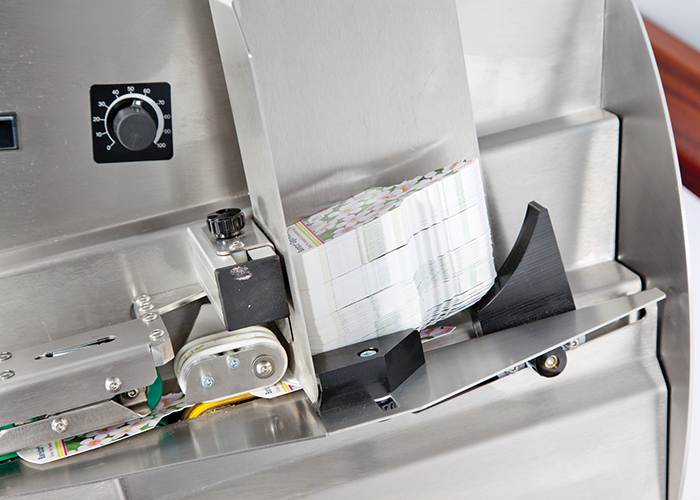
Content marketing is a crucial aspect of any successful digital marketing strategy. However, creating high-quality content is just the first step. To truly maximize the impact of your content and reach your target audience effectively, you need to optimize your content marketing strategies. In this article, we will explore various strategies for content marketing optimization that can help you achieve success in your marketing campaigns.
Understanding Content Marketing Optimization
Content marketing optimisation involves refining and improving your content to enhance its performance. By optimizing your content marketing strategies, you can increase your reach, engagement, and ultimately, your conversions. Here are some key strategies for content marketing optimization:
1. Conducting Keyword Research
Keywords play a crucial role in content marketing optimization. By conducting thorough keyword research, you can identify the terms and phrases that your target audience is searching for. This will help you create content that is not only relevant but also more likely to be discovered by your target audience through search engines.
- Use tools such as Google Keyword Planner, SEMrush, and Ahrefs to identify relevant keywords.
- Focus on long-tail keywords for more specific and targeted content.
- Include keywords naturally in your content, including in titles, headings, and meta descriptions.
2. Creating High-Quality and Relevant Content
High-quality content is the foundation of successful content marketing. When creating content, focus on providing value to your audience and addressing their needs and pain points. Relevant and engaging content is more likely to resonate with your audience and encourage them to take action.
- Research your target audience to understand their interests, preferences, and challenges.
- Create a content calendar to plan and organize your content effectively.
- Use a mix of formats, such as blog posts, videos, infographics, and podcasts, to keep your content diverse and engaging.
Optimizing Content Distribution
1. Leveraging Social Media
Social media is a powerful platform for distributing your content and reaching a wider audience. By sharing your content on platforms such as Facebook, Twitter, LinkedIn, and Instagram, you can increase visibility and drive traffic to your website.
- Customize your content for each social media platform to optimize engagement.
- Use relevant hashtags to increase discoverability and reach on platforms like Twitter and Instagram.
- Engage with your audience by responding to comments, messages, and feedback.
2. Email Marketing
Email marketing is another effective way to distribute your content and nurture relationships with your audience. By sending personalized and targeted emails, you can drive traffic to your website, promote your content, and encourage conversions.
- Segment your email list based on subscriber preferences and behavior.
- Use compelling subject lines and personalized content to increase open rates.
- Include clear CTAs and links to your content in your emails.
Measuring and Analyzing Performance
1. Tracking Key Metrics
Measuring the performance of your content marketing efforts is essential for optimization. By tracking key metrics, such as website traffic, engagement rates, and conversion rates, you can identify areas for improvement and make data-driven decisions to enhance your strategies.
- Use tools like Google Analytics and social media analytics to monitor performance.
- Set specific goals and KPIs to measure the success of your content marketing campaigns.
- Regularly review and analyze performance data to identify trends and insights.
2. A/B Testing
A/B testing involves comparing two versions of a piece of content to determine which performs better. By conducting A/B tests on elements such as headlines, CTAs, and visuals, you can identify the most effective strategies for engaging your audience and driving conversions.
- Test one variable at a time to isolate the impact of each change.
- Utilize tools like Google Optimize and Optimizely to conduct A/B tests effectively.
- Implement changes based on the results of A/B tests to optimize your content for better performance.
Conclusion
Content marketing optimization is a continuous process that requires careful planning, testing, and analysis. By implementing the strategies outlined in this article, you can optimize your content marketing efforts to reach and engage your target audience more effectively. Remember to stay updated on the latest trends and best practices in content marketing optimization to stay ahead of the competition and achieve success in your digital marketing campaigns.








